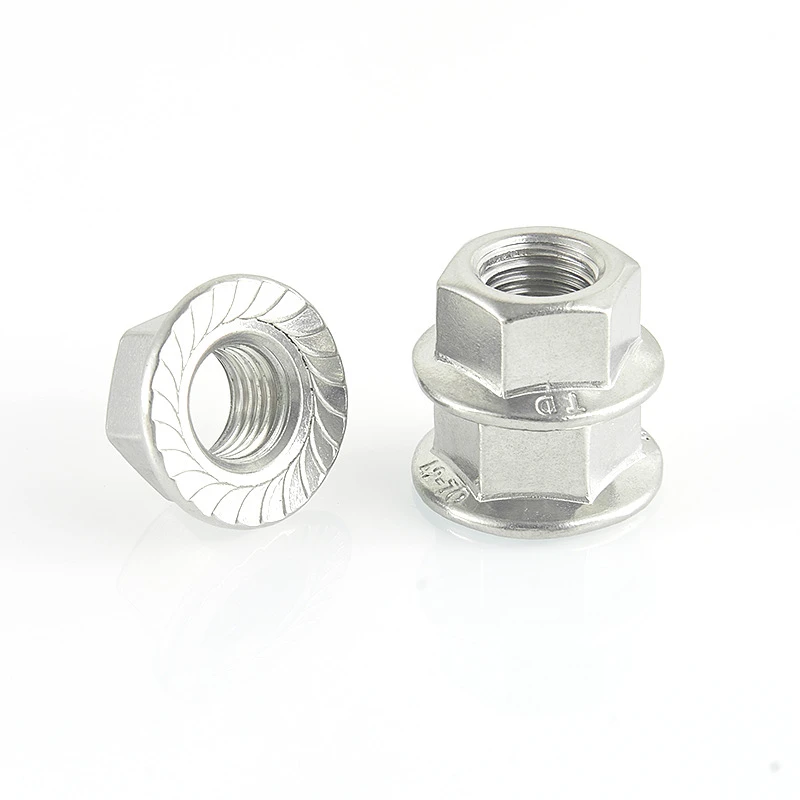

types of screws and bolts
Nov . 25, 2024 06:42 Back to list
types of screws and bolts
Understanding the Types of Screws and Bolts
Screws and bolts are essential fasteners in various applications, from everyday household items to complex industrial machinery. They come in various shapes, sizes, and materials, each designed for specific functions. Understanding the different types of screws and bolts is crucial for anyone involved in construction, woodworking, or mechanical work. In this article, we will explore the various types of screws and bolts, their uses, and how to choose the right one for your project.
Types of Screws
1. Wood Screws
Wood screws, specifically designed for joining pieces of wood, have sharp threads that allow for secure fastening in wooden materials. They typically have a tapered shaft and a pointed tip, making them easier to drive into wood. Wood screws are available in various lengths and diameters, and they can have different head types such as flat, round, or pan.
2. Machine Screws
Machine screws are used to fasten metal components together. They come in a uniform diameter and length, usually with a flat or round head. Machine screws require a pre-drilled hole and are typically used with nuts or tapped holes. They are commonly seen in machinery, appliances, and automotive applications.
3. Sheet Metal Screws
As the name suggests, sheet metal screws are designed for fastening metal sheets. They have a sharp, self-tapping tip that allows them to penetrate metal without the need for a pre-drilled hole. These screws often feature a hexagonal or slotted head for easy tightening with a screwdriver or wrench.
4. Self-Tapping Screws
Self-tapping screws can create their own hole as they are driven into materials. They are commonly used in various materials, including plastic and metal, making them highly versatile. These screws are ideal for applications where pre-drilling is not feasible and provide a reliable hold without additional hardware.
5. Lag Screws
Lag screws, also known as lag bolts, are heavy-duty fasteners primarily used in wood construction. They have a large diameter and a coarse thread, allowing them to be driven into hardwood or other materials without splitting. Lag screws are often used in framing, decking, and other structural applications.
types of screws and bolts

Types of Bolts
1. Hex Bolts
Hex bolts are characterized by their six-sided (hexagonal) heads and are widely used in construction, automotive, and machinery applications. They require a nut to secure the joint and are often used with a washer to distribute the load. Hex bolts come in various grades, indicating their strength and material properties.
2. Carriage Bolts
Carriage bolts have a rounded head and a square section beneath the head, which helps to resist turning when tightened. They are primarily used in wood applications and require a pre-drilled hole, often with a washer and nut to ensure stability. Carriage bolts are commonly found in furniture and outdoor structures.
3. Anchor Bolts
Anchor bolts are used to attach structural elements to concrete. They typically feature a threaded end for securing nuts and washers and a non-threaded end that is embedded in concrete. Anchor bolts are essential in construction for securing columns, walls, and other structural components.
4. Flange Bolts
Flange bolts have a wide, flat flange at the bottom of the head, which acts as a washer to help distribute the load and prevent damage to the material being fastened. They are commonly used in automotive applications, as well as in machinery where a secure and stable connection is necessary.
5. U-Bolts
U-bolts are shaped like the letter U and are often used to secure pipes and other cylindrical objects to a surface. They can be found in plumbing, automotive, and agricultural applications. U-bolts are available in various sizes and materials to accommodate different needs.
Conclusion
Choosing the right type of screw or bolt for a project is crucial for ensuring the strength and stability of the final assembly. Understanding the differences between various screws and bolts, their applications, and the materials they are made from can significantly enhance the quality and safety of your work. Whether you're building furniture, constructing buildings, or working on machinery, the right fastener can make all the difference. Always consider the specific requirements of your project and select fasteners that match the materials and conditions to achieve optimal results.
Latest news
-
Premium Fasteners Manufacturer | AI-Driven Solutions
NewsAug.01,2025
-
Hot Dip Galvanized Bolts - Hebei Longze | High Strength, Corrosion Resistance
NewsAug.01,2025
-
High-Strength Hot Dip Galvanized Bolts - LongZe | Corrosion Resistance, Custom Sizes
NewsAug.01,2025
-
Best Self Tapping Screws for Drywall - Fast & Secure Installation
NewsJul.31,2025
-
High-Strength Hot Dip Galvanized Bolts-Hebei Longze|Corrosion Resistance&Customization
NewsJul.31,2025
-
Hot Dip Galvanized Bolts-Hebei Longze Metal Products|Corrosion Resistance&High Strength
NewsJul.31,2025

